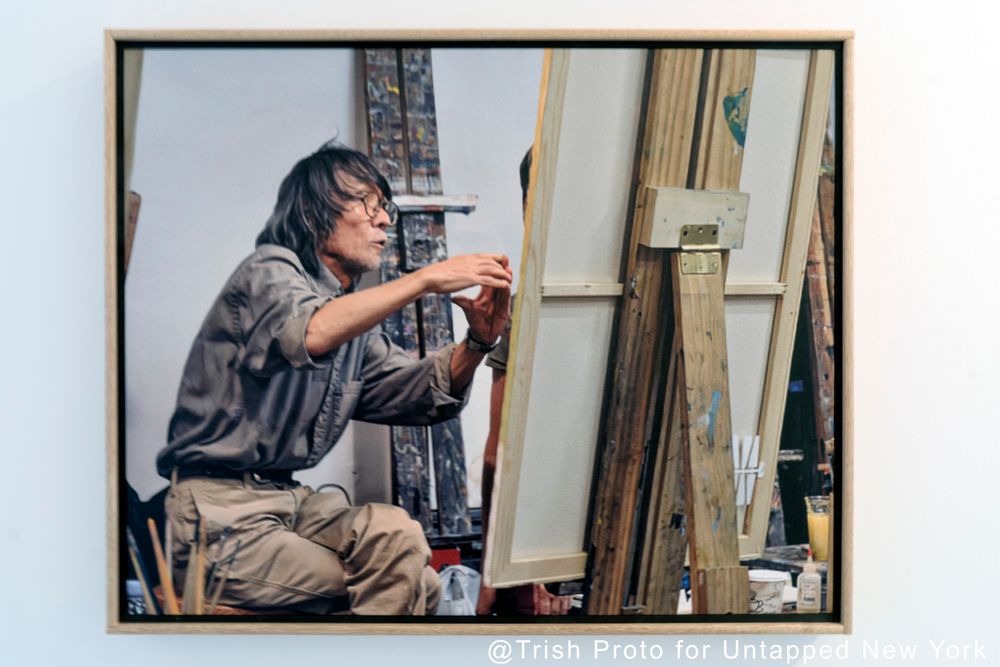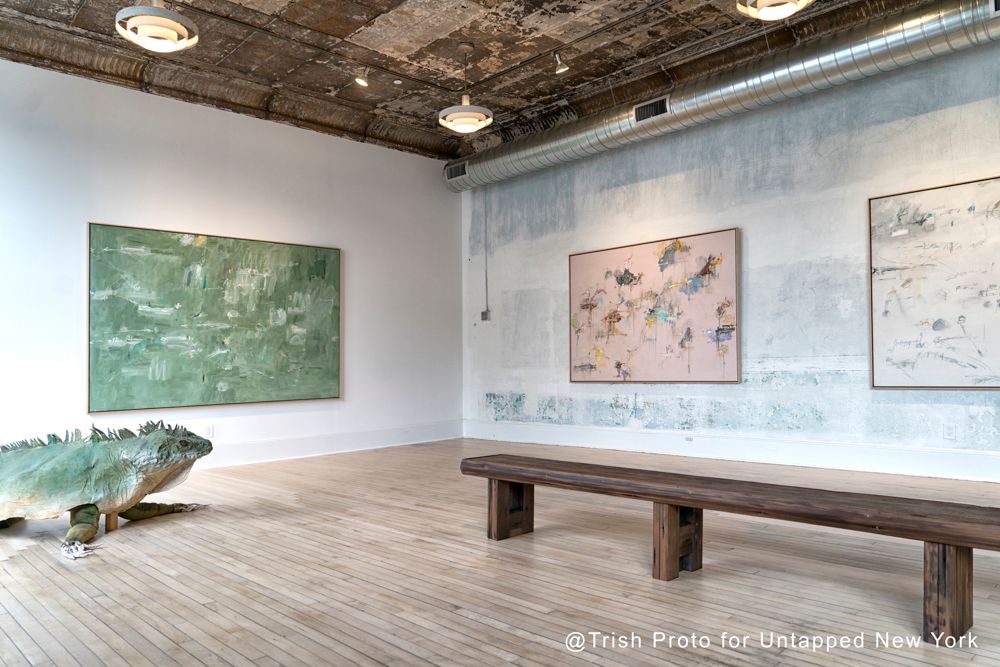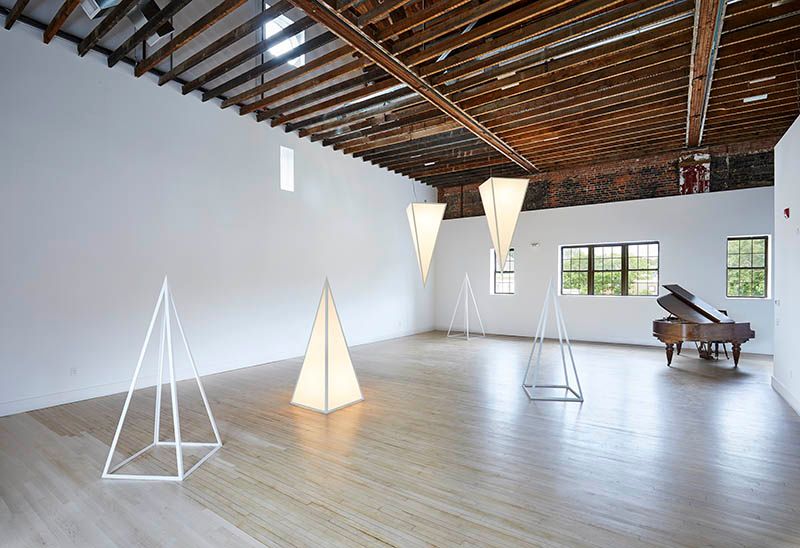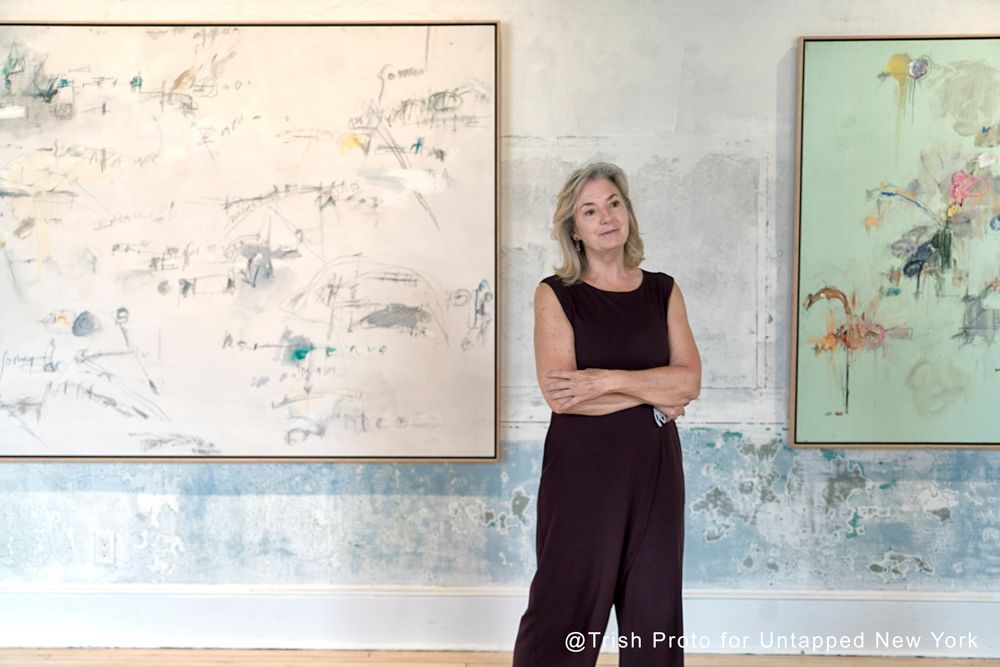Last Chance to Catch NYC's Holiday Notalgia Train
We met the voices of the NYC subway on our nostalgia ride this weekend!


KinoSaito, a nonprofit arts center has recently announced plans to open in a newly renovated former Catholic School building in Verplanck, NY, a hamlet located along the Hudson River in Westchester County. The KinoSaito building consists of two large, light-filled galleries, live/work artist residency studios, a performance space, an arts education classroom and a café. KinoSaito was established to recognize and extend the legacy of Japanese-American abstract painter and theater designer Kikuo Saito.

KinoSaito will open on September 9th with a retrospective of Saito’s work, as well as a reprisal of one of his theater pieces originally performed at La MaMa. Additionally, the arts center will feature open studios of inaugural artists in residence Alexandra Rojas and Jane Dickson. The opening of the arts center coincides with Saito’s 82nd birthday.

“KinoSaito is a rare opportunity to present a new interdisciplinary space dedicated to inspiring emerging and established artists and their audiences, by fostering encounters and experiments in every field and medium,” Beth Veen, KinoSaito’s Executive Director, said in a statement. “Visitors will find exhibitions, working resident artists, and performances all under one roof, informed by our commitment to the arts as an iterative, ever-evolving practice of creative freedom.”

Born in Japan in 1939, Saito immigrated to New York City in 1966, painting in Tribeca and Soho studios before seeking a space for large-scale work and acquiring the former St. Patrick’s school. After his death in 2016, Saito’s widow Mikiko Ino and former student and architect Sarah Strauss of XS Architecture renovated and modernized the space.

According to Ino, the letters in his paintings had little meaning to him and were not meant to be read. His Color Field-inspired paintings often included written signs with both real and made-up language, hinting at the impermanence and instability of language. Ino also described how he used gold acrylic paint in many of his paintings to generate motion in his paintings.

At a press event prior to the official opening, Venn noted that “we tried to retain a lot of the historic pieces of the building, the history of this place. Verplanck at one point was known as a brickmaking hamlet, so there were 10 brickmaking factories here producing really millions of bricks a year and shipping them down the Hudson River, which is just a couple blocks away from here.”

Lynn described Saito’s later paintings in the 1990s as theatrical in both substance and movement. Lynn stated that in addition to animal-like figures in his paintings that reflect his theater work, viewers see notations “layered above his painting, below his painting, and these kind of directional guides, arrows, and other kinds of directional forms reference the movement of theater. So a lot of these paintings have a lot of movement to them and a lot of theatricality to them.”

The art space’s two galleries will host exhibitions that rotate three times a year. One gallery will showcase a changing selection of Kikuo Saito’s work from over 50 years of paintings, drawings and set designs. The other is dedicated to exhibitions of contemporary art across disciplines, media, and artistic practices. “Painting as Performance / Performance as Painting” will highlight the interplay between Saito’s paintings and theater design. “Cloud Paintings,” a distinct set of works from the mid-1990s, will be a mini-retrospective of Saito’s work.

“This series of paintings has probably never been seen together like this and never been seen with this kind of lovely white space, people who have seen these have seen them in tight storage spaces. These are paintings that I think need a lot of space because Kikuo was an artist who … never gave these [“Cloud Paintings”] any kind of political interpretation whatsoever, but I think it’s the kind of thing where it was very much in the spirit to look at his work and see different things. Maybe they’re clouds, maybe they’re islands, maybe they’re rocks, any number of things.”

At the core of KinoSaito’s physical space is the 1,500-square-foot theater, which will be the site of original new works of theater and performance, as well as works from Saito’s theater works. The opening performance, Toy Garden Reprise, revisits “Toy Garden,” which was originally performed at La MaMa in 1996.

KinoSaito’s artist-in-residence program will welcome two artists at a time for six-week sessions. The first residents are Alexandra Rojas, a Colombian-born multimedia artist, cultural activist, and independent curator, and Jane Dickson whose works have been featured in numerous solo exhibitions. The second residency session starting October 1 will welcome acclaimed trans-disciplinary visual artist Clifford Owens and French-born artist Christine Rebet.
“Kikuo was a great mentor and a great teacher, very generous with information and time,” Rojas said. “We spent a lot of the time working, we worked a lot, but we also had moments where we were able to step away and enjoy New York City life and have gatherings with other artists in New York. I got to meet a network of people who he worked with and I ended up working with them as well.”
Admission to KinoSaito is free, although a donation is encouraged. The arts center is open Friday through Sunday from 10 a.m. to 6 p.m. and by appointment on Thursdays.
Next, check out 15 must-visit places in New Rochelle, Westchester!
Subscribe to our newsletter